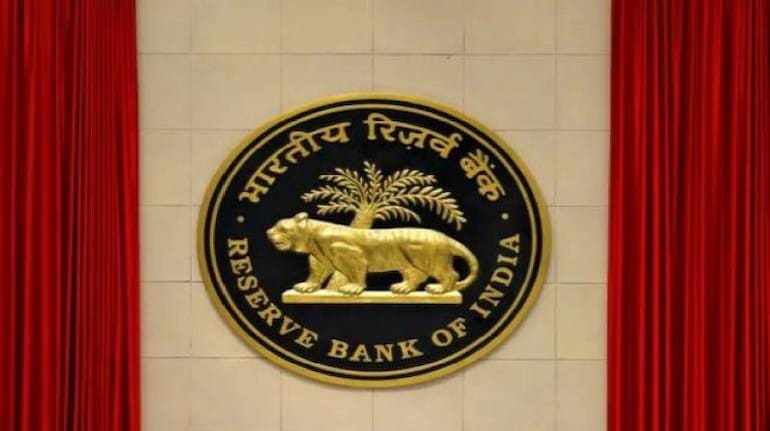



The Monetary Policy Committee’s bi-monthly meeting started on February 8 and will end on February 10, when Reserve Bank of India Governor Shaktikanta Das will announce its decisions.
What is expected this time?
The rate-setting panel is likely to signal a departure from the so-called accommodative stance and shift to a neutral stance. A section of analysts says the reverse repo rate will be increased.
What is the reverse repo rate?
The reverse repo rate, currently 3.35 percent, is the rate at which the RBI borrows money from banks in the short term. The RBI does this to suck out excess liquidity in the system.
The repo rate is the rate at which the RBI lends short-term funds to banks. The repo rate is 4 percent and it is the operative policy rate. The RBI uses the repo and reverse repo to adjust systemic liquidity.
What happens if the reverse repo rate is increased?
A reverse repo rate increase is unlikely to have any major impact because the move has already been priced in by the market. An increase in the reverse repo rate will signal to the markets that the central bank is set to pursue the path of policy normalisation.
“An increase in the reverse repo rate will mean this is the first step in signalling normalisation. We may expect more such hikes till the 25 bps corridor is reached,” said Madan Sabnavis, chief economist at Bank of Baroda. “Markets will take it that rate hikes have started and yields may be expected to move up. This will be a precursor to the repo rate hikes to come.”
What does a reverse repo hike mean for the markets?
According to analysts, the move will be largely symbolic in nature because the RBI has been sucking out excess liquidity through the variable rate reverse repo (VRRR), pushing the effective rate closer to the repo rate. A reverse repo rate hike has already been priced in by the financial markets.
What are ‘accommodative’ and ‘neutral’ stances?
An accommodative stance indicates that the central bank is willing to lower the policy rate during the period under guidance to infuse liquidity into the banking system. Typically, a rate hike is ruled out while the MPC has an accommodative stance.
A neutral stance indicates that the MPC is ready to either cut or increase rates. The MPC has had an accommodative stance over the past two years to help the banking system tide over the Covid-19 pandemic.
What happens if the MPC changes its stance to neutral?
A change in stance to neutral would indicate that rates could move in any direction.
“It is an important statement and is bound to be announced now or in April,” said DK Joshi, chief economist at Crisil.
How big is the concern over inflation?
So far, the MPC has ignored the near-term risks of inflation in a bid to support growth. The MPC has maintained that its stance will be pro-growth as long as necessary until there are signs of sustainable recovery in growth.
The latest data indicate that growth is picking up. On the other hand, there are also inflation concerns. Retail inflation jumped to 5.59 percent in December, thanks to an unfavourable base effect.
“The RBI needs to address rising inflation,” said YS Chakravarti, MD of Shriram City.
Is there any chance of a repo rate hike?
The MPC has been reiterating that it wants growth to revive in a sustainable manner and so the panel may not be in a hurry to increase the repo rate, at which the RBI lends to banks, just yet. The MPC may look for more cues on growth revival. But it may look at signalling the markets by changing the policy stance to neutral.
Why is the tone of the policy language important?
A change in stance will be seen as the first step towards a possible increase in interest rates in the near future. Policy makers will likely hint at the timing of such action in the policy document. Hence, the tone of the policy language is important. Some economists expect a hike in the reverse repo rate this time or in April.
What will be the key aspect to watch for in this policy?
The pace of normalisation (exiting from the easy money policy regime) will be interesting to watch. The central bank has already initiated policy normalisation by limiting bond purchases through the securities acquisition programme. While a repo rate hike is unlikely this time, a change in monetary stance is very much expected. Such a shift will also prepare the markets for gradual policy normalisation.
Discover the latest Business News, Sensex, and Nifty updates. Obtain Personal Finance insights, tax queries, and expert opinions on Moneycontrol or download the Moneycontrol App to stay updated!
Find the best of Al News in one place, specially curated for you every weekend.
Stay on top of the latest tech trends and biggest startup news.